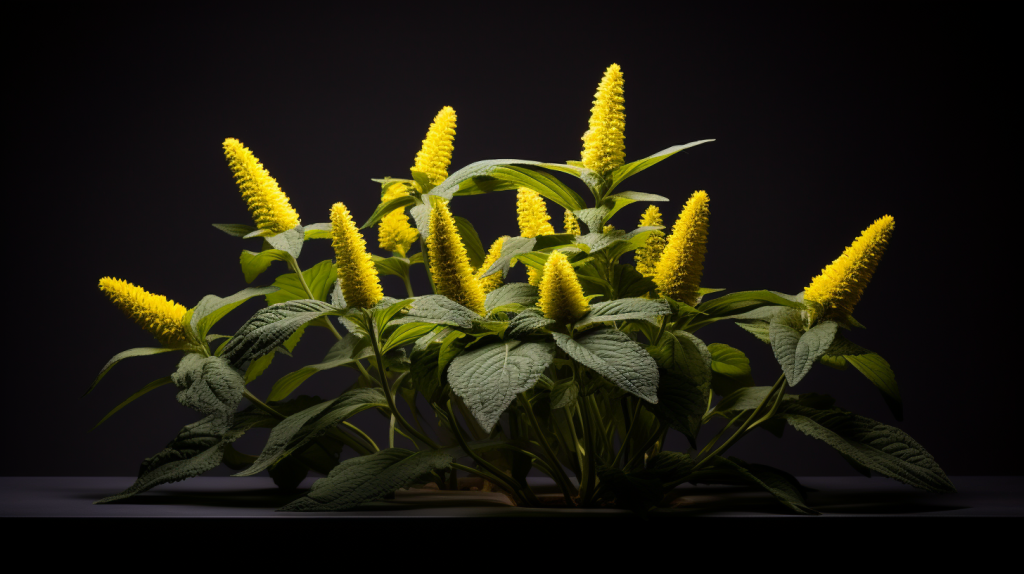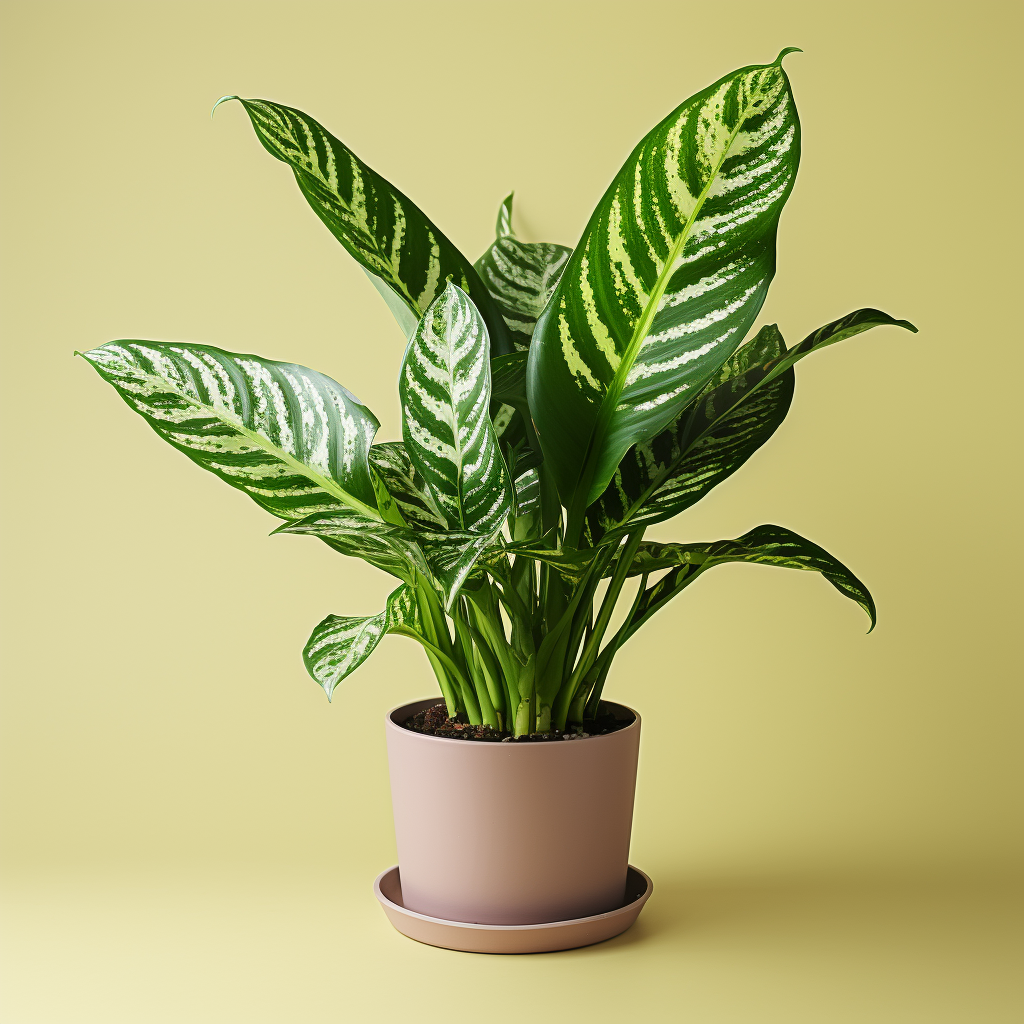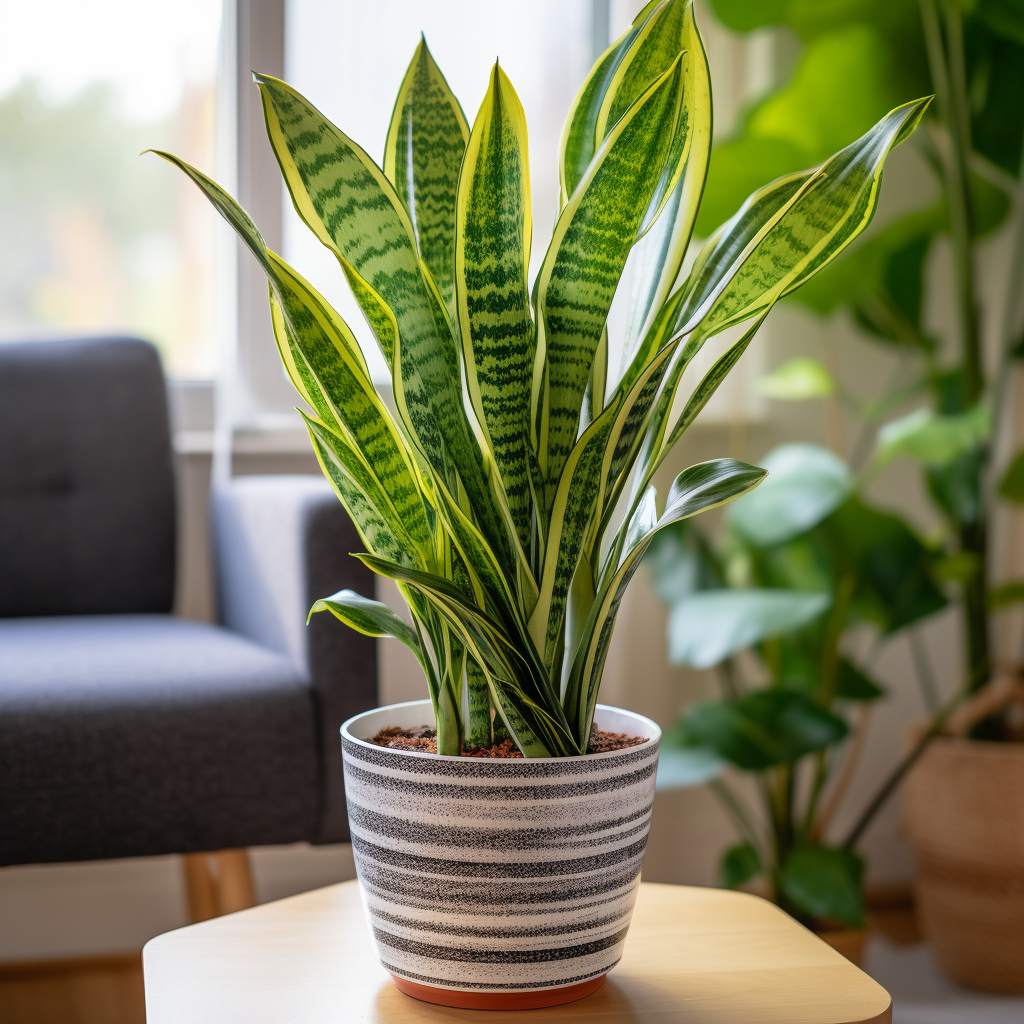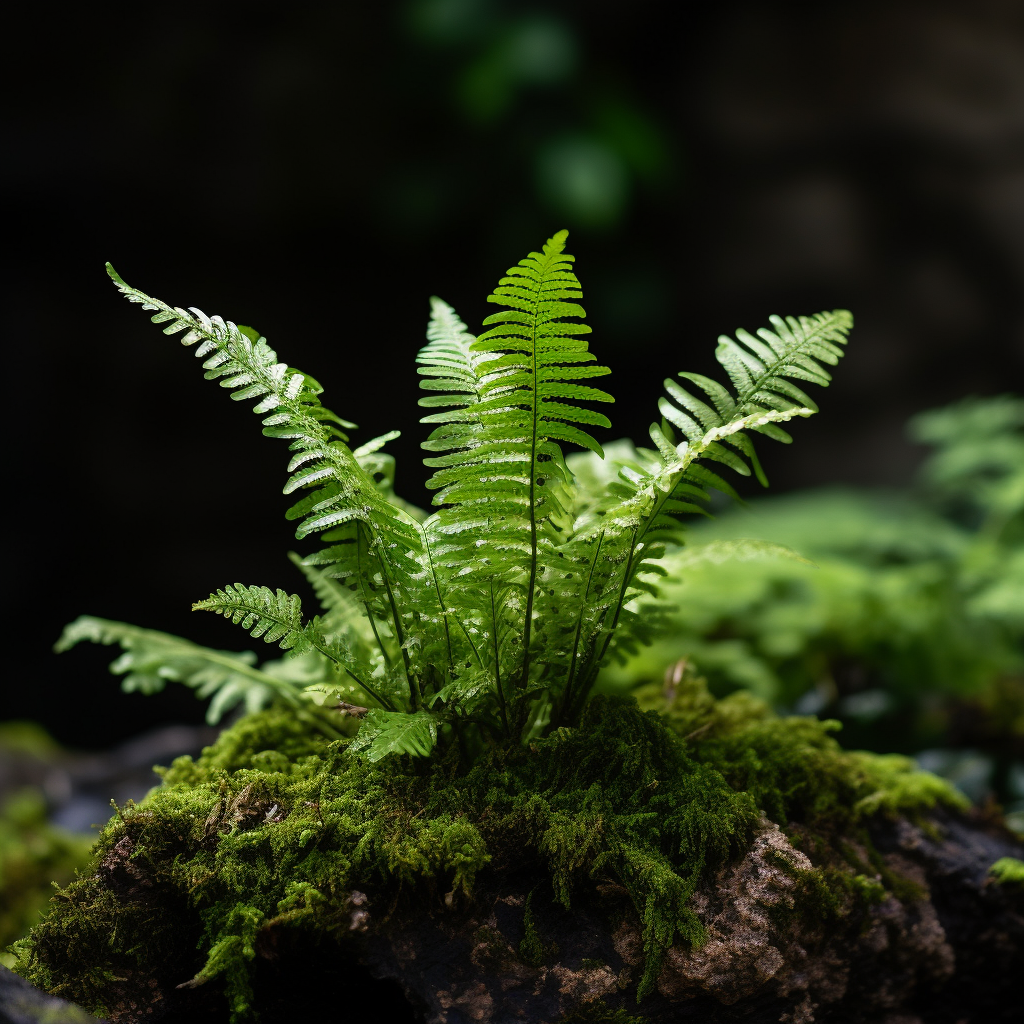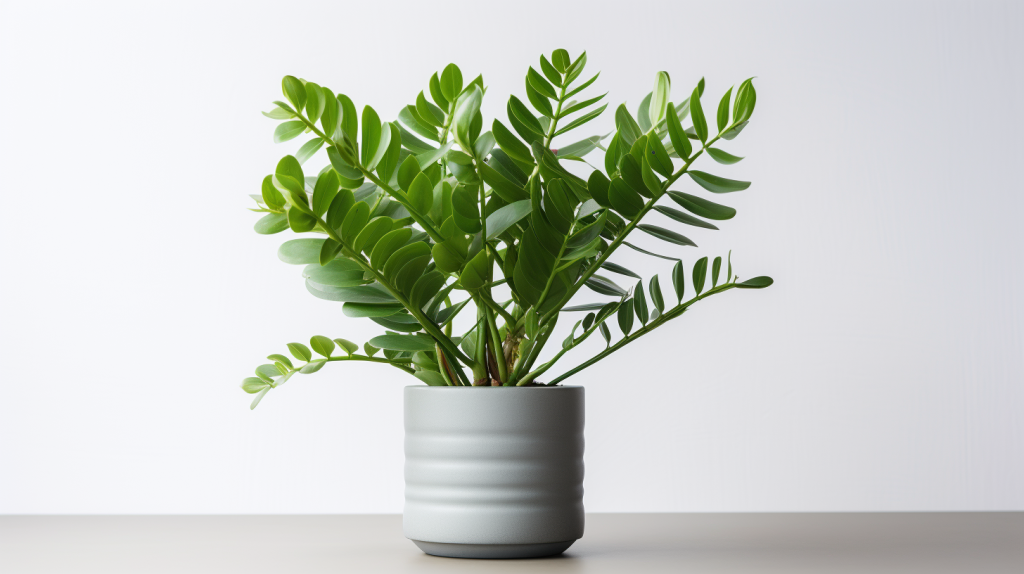The Lollipop Plant (Pachystachys Lutea) is a delightful and captivating addition to any garden or indoor space. This article takes a deep dive into the essence, care, and guidelines for growing this charming plant. Ever wondered why it’s called the Lollipop Plant or how to ensure it flourishes? Read on to satisfy your curiosity.
What is the Lollipop Plant?
The Lollipop Plant, scientifically known as Pachystachys Lutea, is a tropical, evergreen shrub originating from Central and South America. It’s celebrated for its vibrant yellow flower spikes, which resemble lollipops, hence its sweet name!
Description Of Lollipop Plant
This perennial plant can reach up to 5 feet in height when planted outdoors in tropical areas. Its striking feature is the elongated yellow bracts that hold the actual flowers, which are typically white. The glossy, green leaves provide a perfect backdrop for the lollipop-shaped flowers.
What Does The Lollipop Plant Look Like?
Imagine a vivid bouquet of yellow candies on a stick, surrounded by luscious greenery. The tall, upright stems hold a series of stacked, radiant yellow bracts, with small white flowers peeking out. Truly a visual treat!
Lollipop Plant Flowering
Bloom season typically starts in the summer and can extend to early fall. These flowering spikes are not only aesthetically appealing but also attract hummingbirds, adding to the overall spectacle.
Displaying Lollipop Plant
When thinking about displaying the Lollipop Plant, think tropical! They look great in terracotta pots with a little elevation. An elevated spot ensures better visibility of its distinctive flower spikes, making it a conversation starter.
Is The Lollipop Plant Poisonous?
It’s crucial to note that the Lollipop Plant is not toxic to humans. However, if ingested in large amounts, it can cause mild stomach issues. It’s always better to keep it away from pets to be on the safer side.
Lollipop Plant Facts
The Lollipop Plant isn’t just a pretty face. Here’s a brief overview:
- Origin: Central and South America
- Height: Up to 5 feet
- Light Requirements: Partial shade
- Bloom Time: Summer to early Fall
- Toxicity: Non-toxic to humans but best kept away from pets.
Caring For Lollipop Plant
Ensure your Lollipop Plant stays as lively as a lollipop! Here’s how:
- Light: Prefers indirect sunlight
- Water: Keep the soil moist but not waterlogged
- Temperature: Tropical climate, above 60°F
- Soil: Well-draining potting mix
- Fertilizer: Balanced liquid fertilizer, every 4-6 weeks during the growing season.
Common Problems
Some issues include root rot due to overwatering, spider mites, or aphids. Always keep an eye out for yellowing leaves, which can indicate water or nutrient problems.
Frequently Asked Questions
- How often should I water the Lollipop Plant?
- During the growing season, water it regularly to keep the soil consistently moist.
- Can the Lollipop Plant survive winter outdoors?
- No, it’s best to bring it inside when the temperature drops below 60°F.
- Do I need to prune my Lollipop Plant?
- Pruning can help maintain its shape and remove dead or yellowing leaves.
- Why are the leaves of my Lollipop Plant turning yellow?
- This could be a sign of overwatering or a lack of nutrients.
- How often should I fertilize the Lollipop Plant?
- Use a balanced liquid fertilizer every 4-6 weeks during its growing season.
Conclusion
The Lollipop Plant (Pachystachys Lutea) is undoubtedly a whimsical addition to any green space, bringing tropical vibes and sunny colors. By understanding and catering to its unique needs, this plant will reward you with its unparalleled beauty season after season. So, are you ready to add this tropical gem to your collection?

